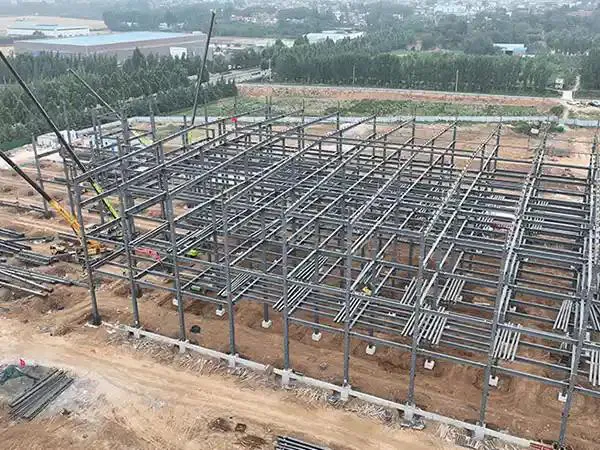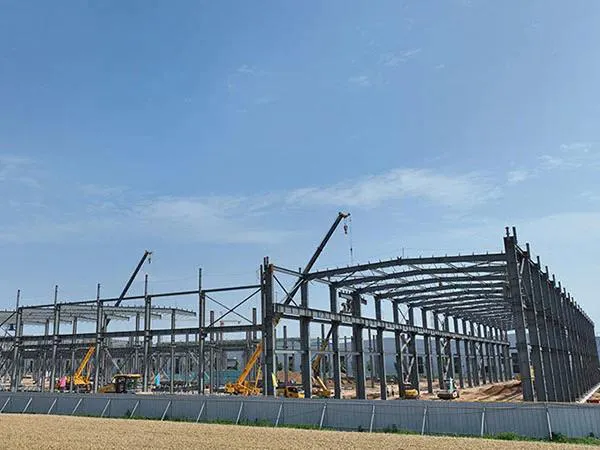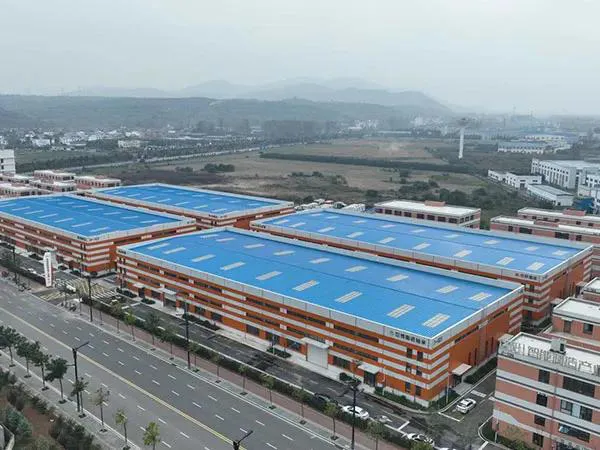Maintaining a steel structure factory goes beyond routine cleaning—it's about protecting your investment, ensuring operational efficiency, and guaranteeing workplace safety. Proper maintenance not only extends the lifespan of steel structures but also minimizes unexpected repair costs, downtime, and potential hazards. This guide highlights practical maintenance strategies to keep your steel structure factory performing at its best.

Even the most robust steel structures are vulnerable to corrosion, fatigue, and wear over time. Regular inspections are essential to identify issues before they escalate. Focus on key areas such as:
Columns and beams: Look for rust, cracks, deformations, or signs of overloading.
Connections and joints: Ensure bolts, welds, and fasteners remain secure.
Roof and cladding: Inspect for leaks, loose panels, or structural stress indicators.
Using drones, infrared scanners, or other advanced inspection tools can enhance efficiency, especially for large-scale facilities.
Corrosion is the most common threat to steel structures. Effective preventive measures include:
Applying anti-corrosion coatings or paints at regular intervals.
Installing proper drainage systems to avoid water accumulation.
Controlling indoor humidity and ensuring adequate ventilation.
By implementing these strategies, you can significantly prolong the service life of your steel framework.
Steel structure factories often house heavy equipment that can impact structural integrity. Essential maintenance steps include:
Lubricating moving parts to reduce friction and wear.
Inspecting electrical systems to eliminate safety hazards.
Aligning and calibrating machinery to prevent uneven load distribution on structural components.
Routine mechanical maintenance ensures smooth factory operations while protecting your steel infrastructure.

A clean and organized factory promotes safety and efficiency. Key housekeeping measures:
Keep floors free from debris, oil, and other hazardous substances.
Remove dust, metal shavings, and other particles from structural surfaces.
Store waste and raw materials properly to prevent accidental damage to steel components.
Proactive maintenance prevents minor issues from developing into major structural problems. Reinforce high-load areas, such as critical beams, to maintain structural integrity and avoid costly future repairs.

Accurate documentation of inspections, repairs, and maintenance schedules is vital for long-term factory management. Using digital solutions like CMMS (Computerized Maintenance Management Systems) helps streamline record-keeping and facilitates future planning for upgrades or expansions.
Conclusion
A well-maintained steel structure factory is not only safer but also more efficient and cost-effective. By following a comprehensive maintenance plan—inspecting steel components regularly, preventing corrosion, maintaining machinery, and keeping precise records—you can maximize operational efficiency, reduce risks, and ensure long-term industrial success. Investing in proper maintenance today secures the foundation of your factory for years to come.
Steel Structure Factory Maintenance Guide: Tips to Maximize Longevity and Industrial Safety
2025-11-09Modular Steel Cold Storage: An Ideal Solution for Rapid Deployment of Cold Chain Infrastructure
2025-10-28How to Construct a High-Quality and Cost-Effective Steel Structure Cold Storage Facility
2025-10-20Maintenance Tips to Keep Your Steel Structure Cold Storage Running Efficiently
2025-10-18Address: No.1 Shuangxiang Road, Luoxin Industrial Park, Luoyang City
E-mail: info@hcggsteel.com
Hotline: +8618800767079

Create the greatest value for customers
Provide the best quality products and services
+8618800767079
info@hcggsteel.com
No.1 Shuangxiang Road, Luoxin Industrial Park, Luoyang City